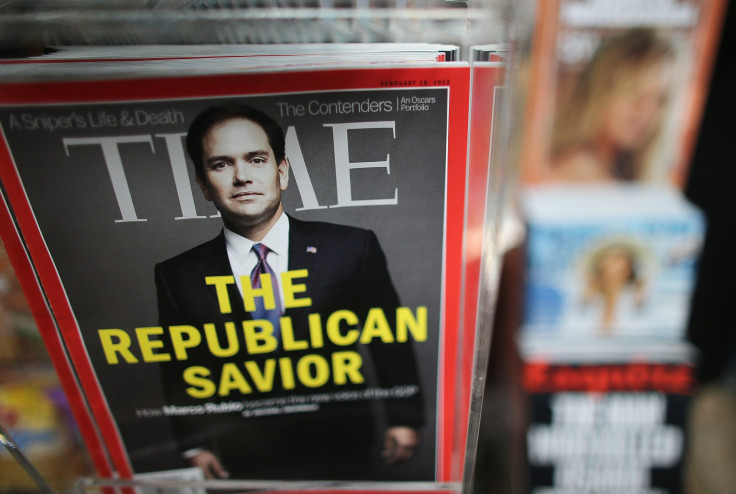Myspace Saves Time Inc., Kicks Off First Revenue Growth In Over A Year

Time Inc. reported what passes for good news for traditional media these days, a 1 percent increase in revenue in the first three months of the year as growth in digital advertising offset continued declines in print. The bad news: Losses widened to $10 million from $9 million a year ago as the company attempts to transform from a legacy publisher of magazines to a digital entertainment company based on video.
It was Time's first quarter of sales growth in more than a year, and with the New York Times' announcement earlier this week that revenue sunk 6.8 percent, it will have to do for a legacy magazine company attempting to manage a transition to digital media company.
“We are seeing double digit growth of Digital advertising and Other revenues driven by acquisitions and growth investments,” CEO Joe Ripp said in a statement. “We are making progress to transform Time Inc. into a multi-platform, multimedia enterprise and we are infusing digital culture into our day-to-day operations.”
At Thursday's presentation to investors, the company announced plans for new online channels for two of its products, People and Entertainment Weekly. The goal is to build Time media properties where the advertising dollars are: in digital video.
Indeed, for Time Inc. the declines in print and digital ad revenue were offset by “growth in Digital advertising revenue from video and programmatic sales.” Digital ad revenues increased $17 million or 23 percent, to $90 million. Print ad revenue, meanwhile, decreased $10 million or 4 percent to a total $270 million. Taken together, ad revenues were up two percent.
Total revenue was up 1 percent to $690 million from $680 million in the first three months of last year.
Singled out was the decision earlier this year to acquire the digital marketing firm Viant, the owner of onetime supreme social network Myspace.
Ripp said that Viant “is enhancing the breadth and depth of our first party data. It will enable us to deliver advertisers’ messages to specific audience segments across all their connected devices, and to measure the true sales impact.”
He also celebrated Time’s move to become a major player in digital video, in light of “households abandoning the cable bundle, and social platforms providing new distribution opportunities,” he said.
The digital shift, as always, costs money. Editorial costs rose $3 million, or 3 percent, to $92 million, “primarily driven by digital investments.”
Unsurprisingly, the print product continued to deteriorate, with circulation revenues down 5 percent, or $12 million, and subscription revenue down 2 percent or $4 million.
© Copyright IBTimes 2024. All rights reserved.






















